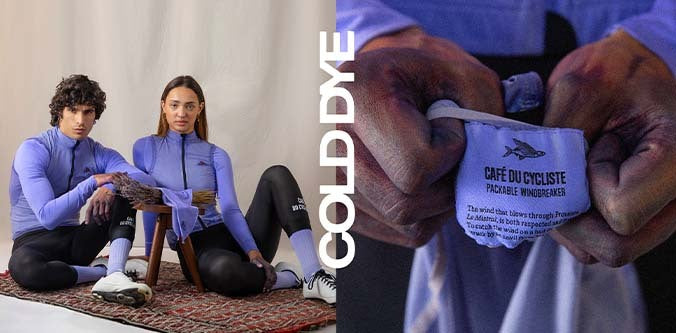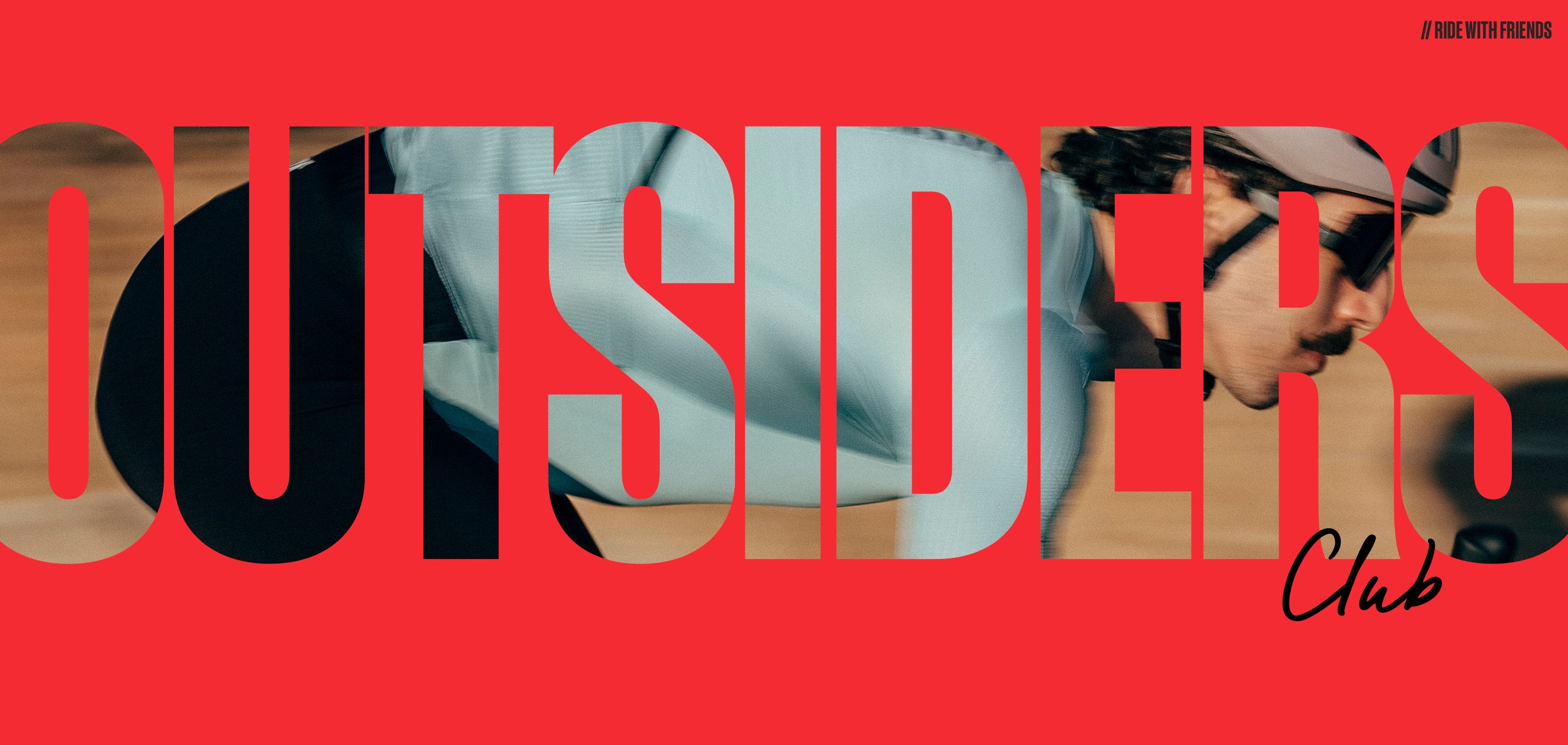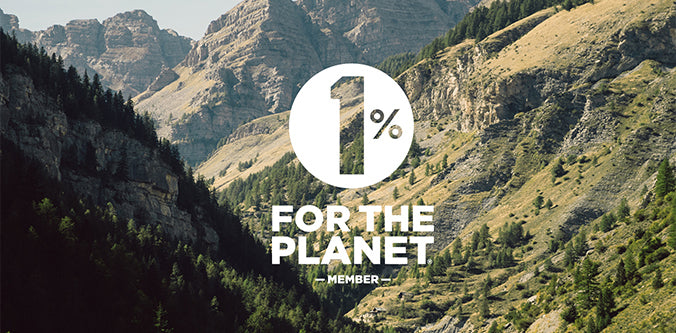EAU POTABLE
At the centre of the village, at cemeteries everywhere in our country, sometimes found hiding between high fashion shops in Monte Carlo, fountains providing 'eau potable' are a feature of cycling life in France. It's a great convenience that, depending on your chosen route, usually allows you to carry one bidon instead of two. Saving weight and allowing extra carrying capacity for other essentials, like a second spare tube or a croissant, for example.
We are not sure which came first; the fountains or the French pride in the quality of the water supply. What is sure is that before the arrival of running water in homes, fountains were major places of social life - for hygiene, washing food and clothes and inevitably therefore as a centre for interaction between the inhabitants of each town and village.

Some are supplied by the general public water supply, others are fed direct from the source. Originally located just outside or at the entrance to a village, at a spring, or close by, connected by underground channels. They were often built on the same site as an earlier Roman fountain, and the same basic designs were used from medieval times until the 19th century.
Today they are not as vital in everyday life, but still remain useful, especially to us cyclists. Take a tour de l'eau around the cycling playing field that begins at Café HQ to know where you can get one of cycling's most essential ingredients.

LA TURBIE
The first fountain on our list may be regarded as 'The Mother Fountain'. It's at the centre of the village of La Turbie and it is honey to the cycling bees who ride the eastern roads of the Côte d'Azur.
It was built nearly 200 years ago by the Romans and gets it source from Mont Agel, were the Lost Race, Nice-Mont Agel, once hosted climbing legends like Federico Bahamontes. The footway beside it is called Rue de la Fontaine, the (recommended) restaurant beside that is called Café de la Fontaine. If this fountain was on social media, it would be an influencer. Accessible from Nice, Menton or Monaco as a summit reward or a first step for cyclists either on the 'short' ride up from the coast or before heading to the Col de la Madone, or further afield to Turini, Braus via Peille and L'Escarène.

MENTON
Go east, as far east as you can go within Southern France in fact, and you'll find La Fontain de la Frontière - the border fountain. It's situated in the middle of the junction where the old road forks left to climb up over Mortola (not to be confused with the similarly-named Italian mur) past army checkpoints and abandoned bunkers - the more interesting and more testing contrast to the lower coast road that takes the tunnels into Italy.
On the fountain is written 'Bienfaisance Internationale' : international charity. A positive message located in a place where wars have been fought. Drinking the pure stuff from the tap of goodwill before crossing the border must be a good omen for a ride into Italy.

VENCE
Whilst La Turbie might be the mother fountain for cyclists, Vence is the perhaps the holy land for water quality and supply, so much so that they have an annual Fête des Fontaines. They number twenty-something in the town and they are fed by spring water from La Foux. This source has been tapped since the first century AD. It is fresh, slightly mineralised and low in sodium, and is said to have diuretic benefits.
Conveniently, if you don't have the time to divert into town for the more grand fountains, there is one right at the junction where the 10km of the Col de Vence begins.

SOSPEL
Sospel is a water town; beside the Bévera river it made its money as a hub on the trade route from the sea. It's still a hub, but mostly for touring motocyclists, enduro mountain bikers and high peak hikers. But it remains very much an arrière-pays town, so much so there isn't even a petrol station here. Luckily for us cyclists there are fountains aplenty. It's needed because the only entry and exit from this town is by Col - Turini, Braus, Castillon, Vescavo or Brouis. Fill your bidon and pick your punishment.

MOULINET
If you chose the Turini from Sospel you face a 24km climb. Manage your hydration correctly and you can wait for the fountain at the top; but the town of Moulinet also offers a solution halfway up the mountain.
In relative terms this fountain is recent. It's marked 1957, presumably because during the Second World War, the entire civilian population of the village was moved by German occupation troops to Cuneo in Italy between September 29, 1944 and April 12, 1945.
Now it is a beautifully peaceful place with a very provençal square opposite the fountain which sits on the outside of a hairpin bend in the middle of the town - one of the thousands of hairpins of the Col de Turini that turn you Zinzin.

PEILLE
The search for water is a good reason to turn off the national road and explore the cobbled streets of the medieval village of Peille. You maybe have come down from the Col de la Madone or through the olive groves on the surprisingly testing Côte de Peille, which features annually as a ramp to string out the peloton on the final stage of the Paris-Nice Race To The Sun.
Near the Palais Lascaris, this is an ornate fountain and an example of a water tower designed to display power and importance.

EZE
Accompanied by a statue of une sirène - a mermaid - you could miss the Eze fountain easily as it hides behind the café chairs and the tourists descending from buses to go across the road and visit the spectacularly perched old town and chateau of Eze.
After climbing Col d’Eze take the first right to descend the steep road that arrives on the Moyenne Corniche. The fountain is on your left, with a café directly beside where if water isn't cutting it and you want to stop and watch the world go by.

TOURRETTES-SUR-LOUP
From Vence, if you don't go up but rather go west you'll arrive at Tourrettes-sur-Loup. It's on the Nice Ironman parcours but is known as a village for artisans. The fountain matches the village's medieval history and, as the name suggests is fed by Le Loup, where we found our first swim hole. Drink the water then ride further north west to swim in the source.



















